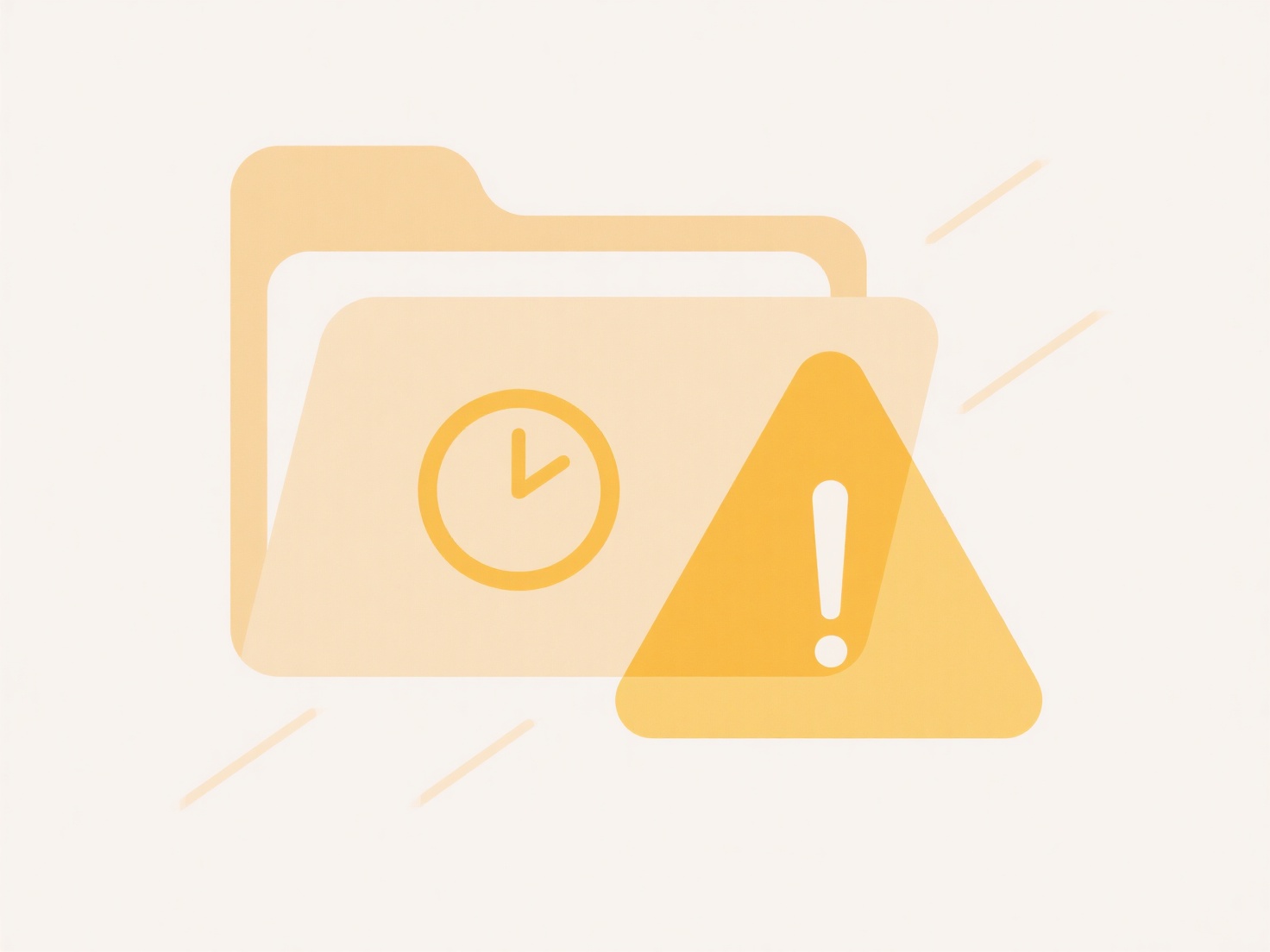
An empty folder is a directory on your computer or storage device that contains no files, programs, or subfolders within it. It takes up negligible disk space itself but contributes to visual clutter and disorganization over time. Cleaning up involves identifying these unused folders and deleting them manually or automatically. This process differs from general file deletion as it focuses solely on folder structures lacking content, not individual files or populated directories.

Common use cases include tidying up project folders after deleting finished work, clearing temporary download directories used by browsers or applications, and removing leftover directories from uninstalled software. Users often perform this task within operating system file managers (like Windows File Explorer or macOS Finder) or utilize specialized cleanup utilities (e.g., Disk Cleanup in Windows, or terminal commands like find . -type d -empty -delete on Linux/macOS).
The primary advantage is improved organization and slightly faster directory searches. However, system or application folders, even if appearing empty, might be necessary placeholders; deleting these could cause errors. Automated tools require caution to avoid unintended deletions. Always verify a folder is genuinely unused before removing it, especially within system directories like Program Files or Library. Regularly cleaning empty folders promotes efficient data management without significant storage savings.
How do I clean up empty folders?
An empty folder is a directory on your computer or storage device that contains no files, programs, or subfolders within it. It takes up negligible disk space itself but contributes to visual clutter and disorganization over time. Cleaning up involves identifying these unused folders and deleting them manually or automatically. This process differs from general file deletion as it focuses solely on folder structures lacking content, not individual files or populated directories.

Common use cases include tidying up project folders after deleting finished work, clearing temporary download directories used by browsers or applications, and removing leftover directories from uninstalled software. Users often perform this task within operating system file managers (like Windows File Explorer or macOS Finder) or utilize specialized cleanup utilities (e.g., Disk Cleanup in Windows, or terminal commands like find . -type d -empty -delete on Linux/macOS).
The primary advantage is improved organization and slightly faster directory searches. However, system or application folders, even if appearing empty, might be necessary placeholders; deleting these could cause errors. Automated tools require caution to avoid unintended deletions. Always verify a folder is genuinely unused before removing it, especially within system directories like Program Files or Library. Regularly cleaning empty folders promotes efficient data management without significant storage savings.
Quick Article Links
What’s the best way to organize similar or related files?
Organizing similar files effectively relies on two core principles: logical directory hierarchy and consistent naming co...
Why does my computer say “file name already exists” when renaming?
The "file name already exists" error occurs when you try to rename a file or folder to a name that is already in use by ...
How do I resolve a file sync conflict?
A file sync conflict occurs when two or more devices or users modify the same file independently before synchronization ...